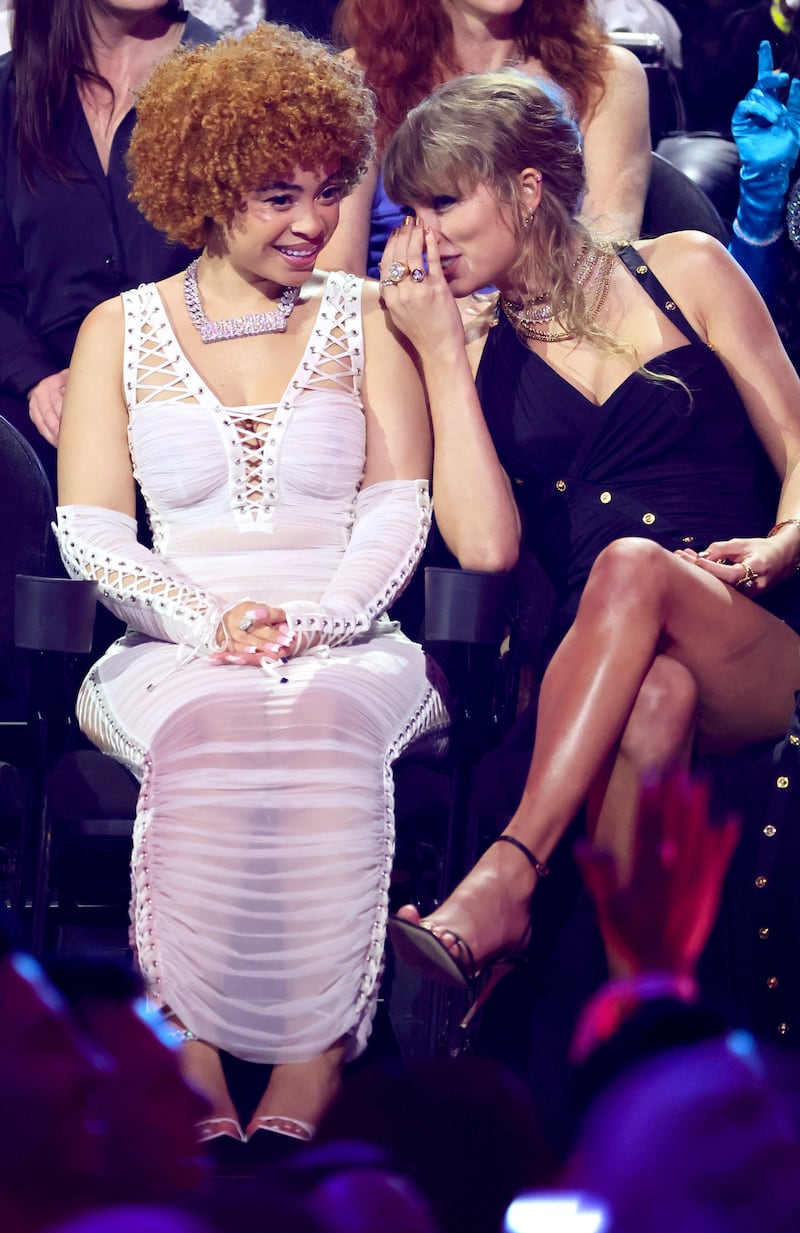This summer pop behemoth Taylor Swift embarked on her Eras Tour. As it wends its way into a second and third leg next year, it is set to be the highest grossing tour of all time. Meanwhile, women and teenage girls – some men too, I am sure – flocked to cinemas to watch Barbie. It is now the biggest film of the year, and sits comfortably among the biggest of all time. It would be a good moment for Hollywood and record companies to listen: this is clearly a market starved of something that Swift and Barbie, for all the film’s flaws, provide. But what is it?
We could think about the Barbie movie as it dwells on the contradictions inherent to womanhood; the insatiable desire for men to exert their power over women; the pains and demands of female adolescence. And we can listen to Swift sing about exacting revenge on the men who betrayed her; profited off her career; held her back. Taking all of these things together we might then rush to the assumption that the market wants more detailed commentary on the intricacies of 21st-century feminism; more on the difficulties women face, replayed right back to them; further entrenched gender warfare.
Hollywood could easily leave this summer with that as their final takeaway. They would be wrong to. Instead, what Barbie and Swift are selling us is something much simpler: girl power is back in vogue. At Swift’s concerts, teenagers swap friendship bracelets with one another, they travel in huge packs and carefully co-ordinate their outfits. They watch Swift glide across the stage in glittery body suits and sparkly boots – no attempt at androgyny in sight. In the Barbie universe the roster of dolls forms one big girl gang, replete with pink plastic houses and perfectly preened hair. Their dance numbers are reminiscent of the Spice Girls. It is poptimism in its purest form.
Girliness has long been derided – cast as frivolous and shallow, traits possessed only by the teenage girl. This has never been fair, but society tends towards unfairness when it comes to teenage girls. The phenomenon, however, applies not just to them. The celebration of straightforward and uncomplicated femininity is a reaction to the prevailing cultural norms of the 2010s; when feminism metastasised into something rather unrecognisable; and overnight any notion of female solidarity melted away into something obsolete and unfashionable.
READ MORE
Almost overnight the innocuous name Karen became a shortcut for misogynistic dismissal of middle-aged white women
Take, for example, the former Facebook COO Sheryl Sandberg’s book Lean in. It was a treatise for women in the workplace, encouraging them to advocate loudly for themselves. It was met with delayed opprobrium: Sandberg encountered vicious criticism because her book failed to account for the tribulations of working-class women.

Meanwhile, Swift was openly mocked for having a big group of beautiful female friends. The charge? It was exclusionary to those who didn’t have big groups of beautiful female friends. When the film Suffragette aired in 2015 it provoked ire for not being racially diverse enough. Factionalism took over and women began turning on one another. All in the name of, erm, feminism?
Swift – who has long been a helpful prism to track our attitudes to women, writ large – dominated headlines in 2016 owing to a public spat with rapper Kanye West. She was upset that the rapper (now disgraced for his anti-Semitic screeds) referred to her as a “b*tch” in his song Famous. In response to the drama, Buzzfeed published a famous and wildly viral essay titled How Taylor Swift played the victim for a decade and made her entire career. The essay argues that Swift “adhered to the markers of white feminine fragility” and weaponised “sexual innocence” all in the name of record sales. This was determined fair punishment for Swift’s crime: not wishing to be casually dismissed as a “b*tch”. I am not sure what wave of feminism that essay was supposed to belong to. But I am rather glad to see the back of it.
And we should not forget that this was the same cultural milieu that developed and ran with the term Karen. Almost overnight the innocuous name became a shortcut for misogynistic dismissal of middle-aged white women; to publicly repudiate women’s normal behaviour; a term for those too afraid to be outwardly sexist but perfectly happy to hide behind slang. Women, it seemed, were as happy to throw around the term as men. It was permitted, you see, because the target was not just middle-aged women but middle-class ones.
There is no way that such a climate would ever allow Swift or Barbie to loom so large in the zeitgeist. But it is perfectly evident now that such an atmosphere was not giving women what they wanted. Why else would such a strong market foment around the poptimist, straightforward universe laid out by Barbie and Swift? It is a great relief – girliness was never bad and modern feminism was never meant to devolve into internecine warfare.
















